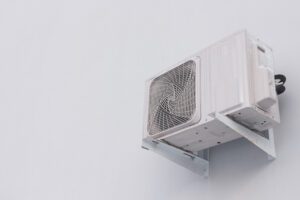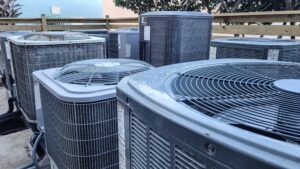As the seasons change, so do our needs for heating solutions. In this blog, we delve into the ways seasonal weather impacts the requirements for heating within homes and businesses, ensuring comfortable environments all year round. From the sweltering heat of summer to the biting cold of winter, understanding these changes can help in making informed decisions for efficient and effective heating solutions.
Understanding Seasonal Weather Patterns
Seasonal weather patterns significantly influence heating and cooling requirements throughout the year. The variation in temperatures from the hot summers to the cold winters dictates how we use our heating solutions. For instance, during the transition from fall to winter, there’s a marked increase in the reliance on heating systems. This period highlights the importance of preparing your heating infrastructure to cope with the colder months. Regular maintenance and timely upgrades are crucial to ensure optimal performance and energy efficiency.
The spring and autumn months bring milder weather, but they also pose unique challenges for heating and cooling systems. The fluctuating temperatures can often mean that both the capacity to heat and cool efficiently must be balanced. This period is optimal for assessing your system’s efficiency and preparing for the extreme temperatures that summer and winter bring.
The Impact of Winter on Heating Demands
Winter’s freezing temperatures create a significant demand for heating solutions across homes and businesses. This surge in demand can strain energy grids and increase utility bills. One effective strategy to mitigate this impact is by enhancing your home’s insulation, thereby reducing the need for constant heating. Additionally, investing in high-efficiency heating systems can decrease energy consumption while maintaining warmth.
During winter, the wear and tear on heating systems are at their peak. It’s crucial to conduct pre-winter inspections and maintenance to prevent any disruptions in heating. Technologies like programmable thermostats can also aid in managing heating needs more effectively, ensuring that heat is used only when and where it’s needed, thereby reducing waste.
Summer’s Challenge to Cooling and Heating Systems
While winter demands more from our heating solutions, summer challenges our cooling systems, indirectly affecting heating as well. The intense heat can overburden HVAC systems, leading to increased energy consumption and higher bills. Effective solutions include the use of energy-efficient cooling systems and smart thermostats that adapt to real-time temperature changes, optimizing both cooling and heating requirements.
Transition Seasons: Preparing for Spring and Fall
Spring and fall are typically seen as the transitional seasons where heating and cooling needs are less extreme but can be unpredictable. These seasons offer the perfect opportunity to service your HVAC systems and address any issues that could impact performance in the more extreme temperatures of winter and summer. Ensuring that your system is responsive and capable of handling these fluctuations is key to maintaining an efficient and comfortable home or business environment.
Evaluating Your Heating Solutions: Energy Efficiency and Sustainability
The quest for energy-efficient and sustainable heating solutions is more prevalent than ever. Modern advancements in heating technology not only offer improved energy efficiency but also contribute to a reduction in carbon footprint. Solar heating, geothermal heating, and high-efficiency furnaces are among the solutions gaining popularity. These technologies not only provide a greener alternative but can also offer significant savings on energy bills over time.
Technological Advances in Heating Solutions
The heating industry has witnessed remarkable technological innovations aimed at improving efficiency and user convenience. Developments such as smart thermostats, which learn your heating preferences and adjust automatically, and radiant floor heating systems, which provide even and efficient warmth, are transforming how we approach our heating needs. These advancements not only enhance the comfort of our environments but also contribute to more sustainable living practices.
Practical Tips for Adapting to Seasonal Heating Needs
Adapting to seasonal changes involves more than just adjusting your thermostat. Simple measures, such as sealing leaks around doors and windows, can significantly improve your home’s heat retention. Additionally, revisiting your home’s insulation and considering window treatments that optimize both warmth in winter and coolness in summer are practical steps towards achieving year-round comfort. Regularly servicing your HVAC system ensures it runs efficiently, preventing unnecessary energy waste.
Embracing Seasonal Changes in Your Heating Approach
Adapting your heating solutions with the changing seasons is not just about maintaining comfort; it’s also a matter of efficiency and sustainability. Whether upgrading insulation in anticipation of winter or optimizing your HVAC systems for the summer, the right approach can save energy and reduce costs. By staying informed and proactive, you can ensure that your heating solutions meet your needs no matter the weather outside. Explore our website to find out how we can help you adapt to the seasonal changes in your heating approach.



